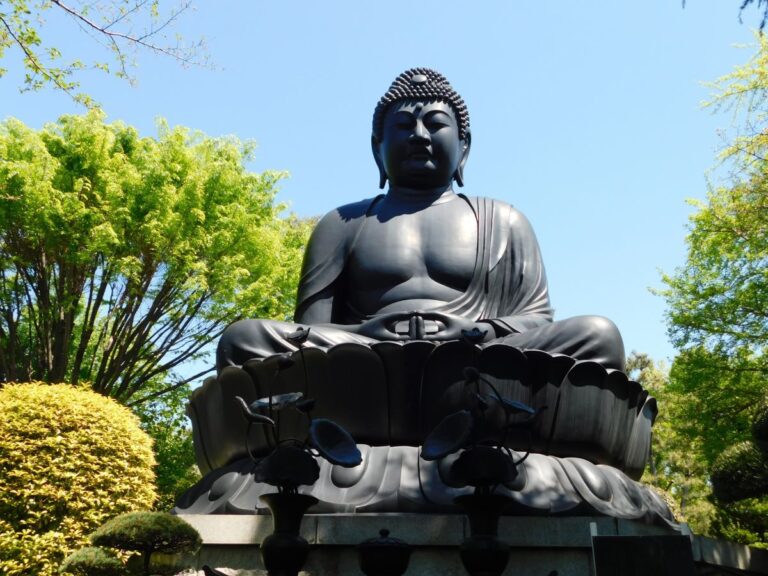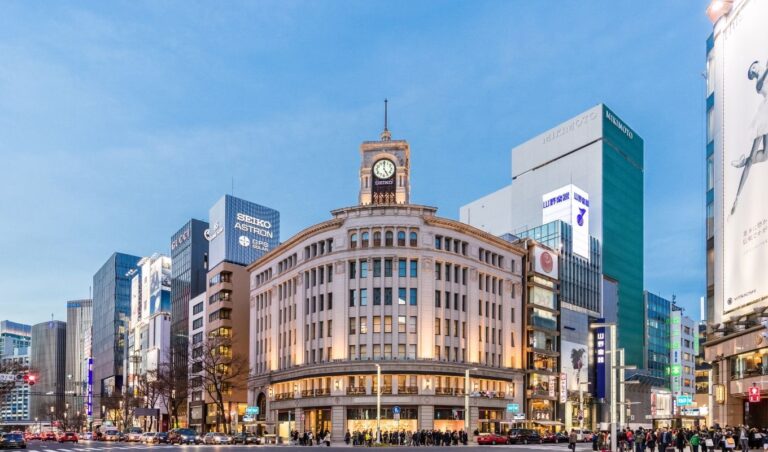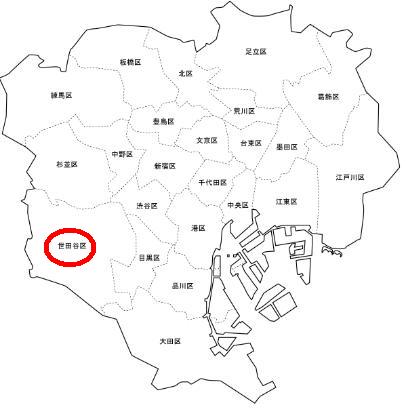
Nakano Ward is located in the western part of Tokyo’s 23 wards and is part of the Musashino Plateau. It has developed as a supply area for grains and vegetables for Edo citizens due to its increased role as a distribution channel during the Edo period.
In modern times, with the opening of railway lines, the population grew and the area developed as a residential area for people working in the city center.
Since the 1950s, many manga artists have lived here, and even today, manga and animation production is thriving alongside that of the neighboring Sugi-ku.
Nakano City Sightseeing Spots
In addition, computer software-related companies are also moving into the area due to the redevelopment of the Nakanosakaue district.
There is a theory that the origin of Nakano Ward is a composition of “Naka” of “Nakano” and “No” of “Nogata” when Nakano Town and Nogata Town at that time merged to form Nakano Ward in 1932 (Showa 7), or that it is from the name of the town of ?
Philosophical Hall Park (Tetsugakudo Koen)
1-34-28, Matsugaoka, Nakano-ku, Tokyo
Philosopher Enryo Inoue, the founder of Toyo University, built the “Four Seido (halls)” in which Socrates, Kant, Confucius and Sakyamuni were enshrined, and this was the beginning of Philosopher’s Park. The park is now designated as a Tangible Cultural Property of Nakano City and is a popular place for flower viewing. There are also a baseball field, a garden tennis field, and an archery field in the grounds of Philosophical Hall Park.
Nakano City Museum of History and Folklore
4-3-4 Ekoda, Nakano-ku, Tokyo
The Nakano Museum of History and Folklore is divided into three exhibition rooms: the permanent exhibition room, the special exhibition room, and the special exhibition room. In the permanent exhibition room, the history of Nakano is reproduced with photos, images, and dioramas, and there is also an exact replica of the three-story pagoda of Hosenji Temple, which cannot be seen now, and the actual kitchen of an old house that was used until the end of the Showa period. An 8-minute walk from Numabukuro Station on the Seibu Shinjuku Line. Admission is free.
Baisyoin
5-3-5 Arai, Nakano-ku, Tokyo
Baishoin is a temple known as Arai Yakushi, and its ceremonial name is Araisan Baishoin Yakuoji. It is the largest temple in Nakano Ward and is famous for being the name of a station on the Seibu Shinjuku Line. It is a 6-minute walk from Araiyakushi-mae Station on the Seibu Shinjuku Line and a 15-minute walk from Nakano Station.
Banshoin Kounji Temple
4-14 Kamitakada, Nakano-ku, Tokyo
Manshoin Kounji Temple is home to the grave of Yoshihisa Kira (Yoshihisa Kira/Kozuke no Sukesuke), famous for the Genroku Ako Incident (Chushingura). Other famous graves include those of Shigerozaemon Mizuno (a shogun), Toyokuni Utagawa (an ukiyoe woodblock print artist), Michiyu Kurisaki (a Nanban surgeon), and Fumiko Hayashi (a writer).






